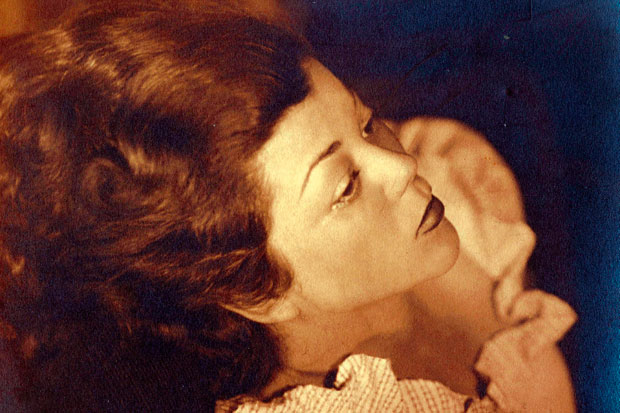Family history is all the rage at the moment — finding out about one’s ancestors, digging back into one’s roots. Sofka Zinovieff has written the strange, and strangely moving, tale of her family’s unorthodox relationships. By turns comical, tragicomical and melodramatic, her book often reads much like fiction, and she recounts it like a novel.
The principal characters are: Gerald Berners, born in 1883; his lover, nicknamed the ‘Mad Boy’, Robert Heber-Percy, born in 1911; the author’s grandmother, Jennifer Fry, born in 1916; and the author herself, born in 1961. Zinovieff expertly interweaves their unlikely history from late Victorian England until the present day, leaving the reader on the last page with ‘a view up to the intriguing gateway of Faringdon House’. It is this house which is at the centre of their story.
Faringdon belonged to Gerald Berners, who became 14th Baron Berners in 1918, inheriting from an uncle both the title and substantial amounts of property and money. Berners turned Faringdon — then in Berkshire, now, owing to changes in county boundaries, in Oxfordshire — from an attractive but conventional enough stone-built Georgian building into an exotic dream. This was between the wars, during the last heyday of the grand English country house, a particularly romantic period before the second world war and its aftermath overturned a way of life which would be lost for ever.

Similar country houses flourishing in these brief decades were Port Lympne, Kent, created by another aesthete, Sir Philip Sassoon, and Plas Newydd, on the Isle of Anglesey, recreated by the Marquess and Marchioness of Anglesey. Compared with the latter, Faringdon was not grand — it had only five main bedrooms — nor historic, in the sense of a Chatsworth or a Hatfield, but it was at the centre of a prosperous estate, in its own parkland; and plentifully staffed, it was run on luxurious lines.






Comments
Join the debate for just £1 a month
Be part of the conversation with other Spectator readers by getting your first three months for £3.
UNLOCK ACCESS Just £1 a monthAlready a subscriber? Log in